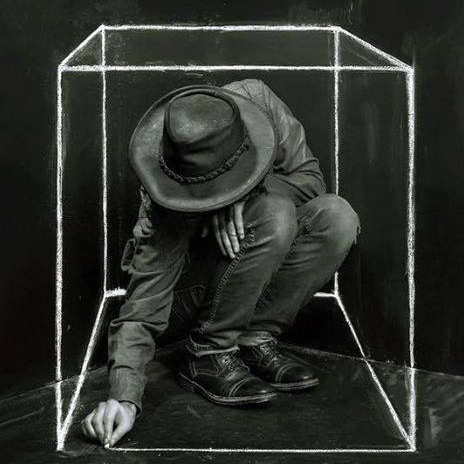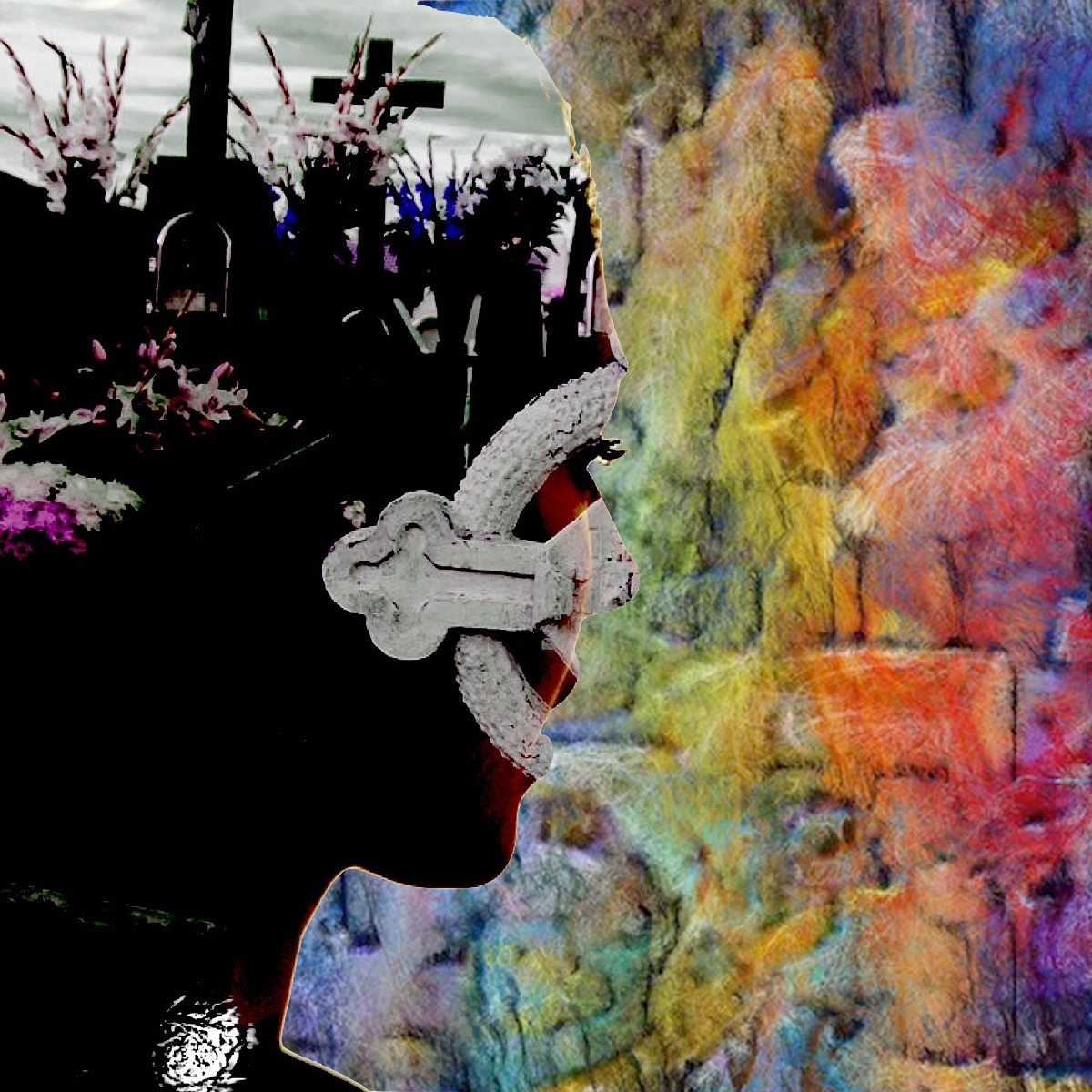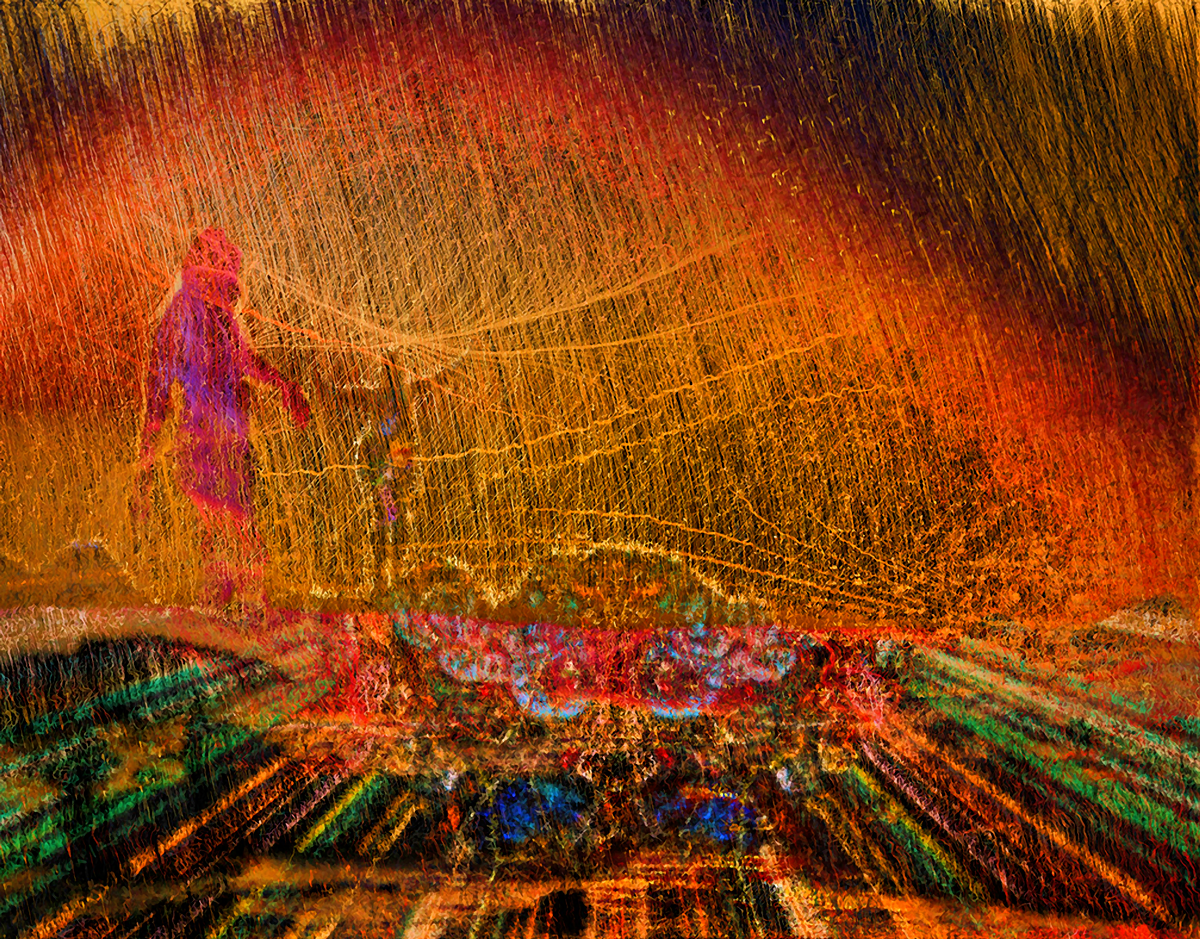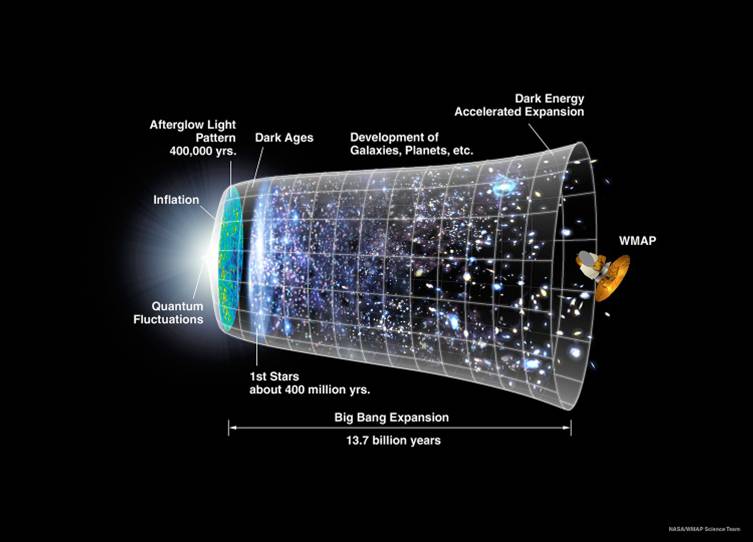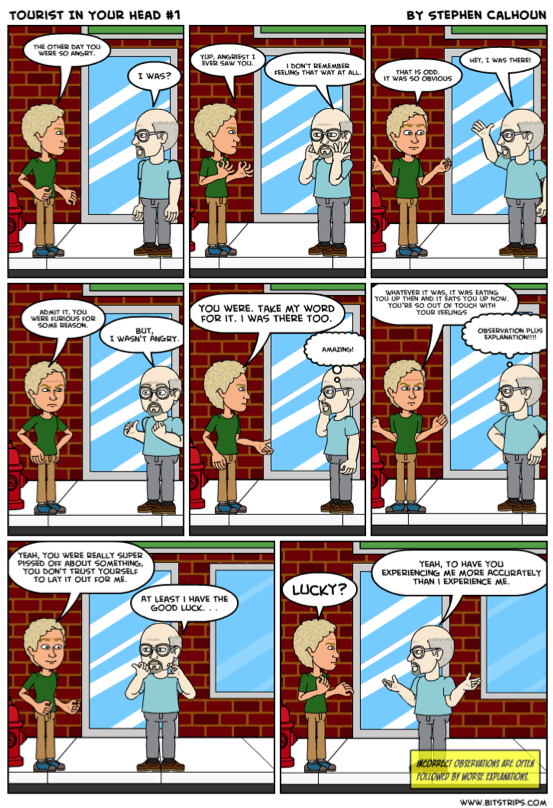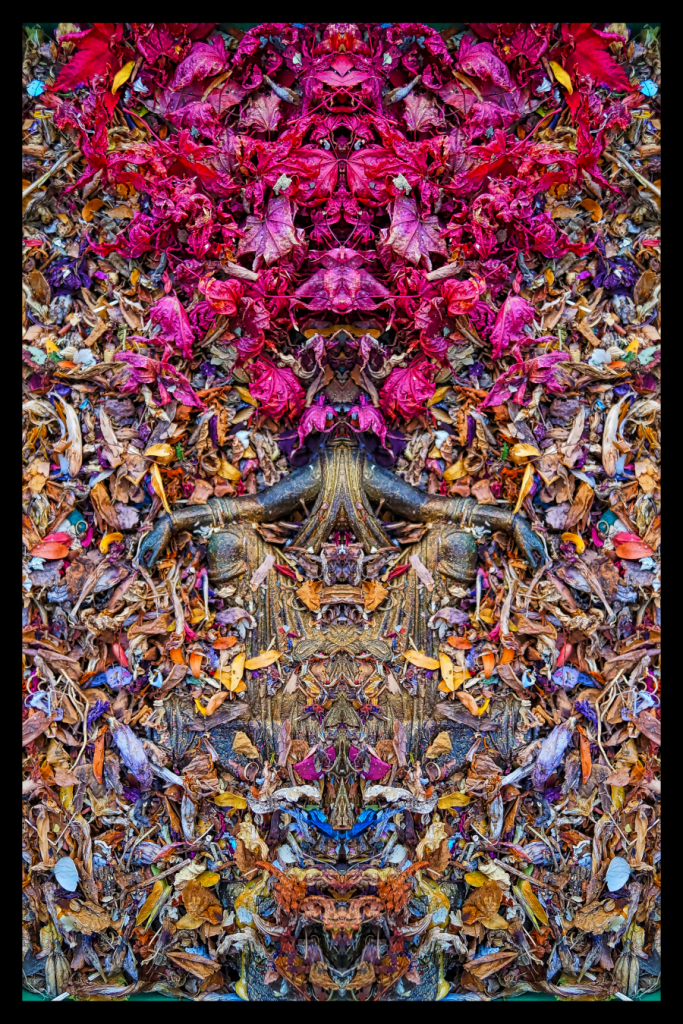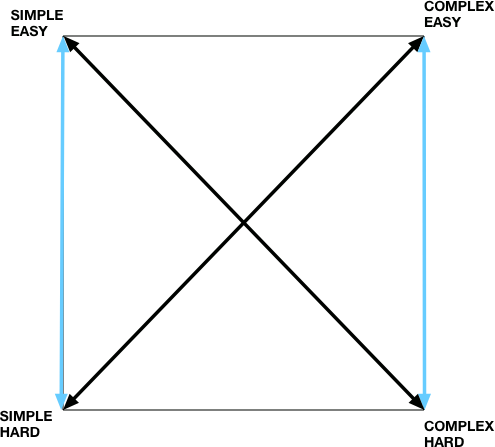
What follows is brief foray into a schematic phenomenology about what comes easy and what comes hard. Ha! Don’t bother googling schematic phenomenology!
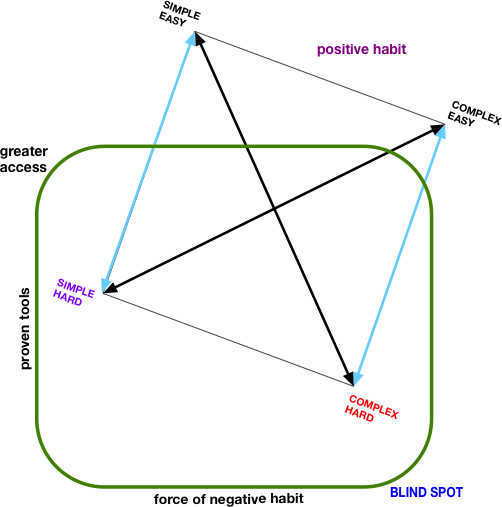
This schema is a picture of my general meaning-making relationship to two joined aspects of any system. This schema summarizes this relationship, so, it represents a Hard Simplicity itself. The schema is simple because it summarizes complexity and leaves out a lot of detail, it is hard because it isn’t in the least bit self-evident. If it needs explanation, it is to a degree, hard,
Imagine there is an axle at the intersection of the axis, and, so the matrix itself can revolve. The schema captures the usual starting configuration for me in the ecology of a human system. By way of explanation, more information is needed. So: I’m a very forceful intuitive and I tend throw myself right into such a human system. That this system is by definition complicated, and that the full grain of its complexity is not revocable, means, in summary, that, often, this complexity is hard for me to see. The negative habit is: I do not, literally, at the beginning, naturally care enough, to see the fine grain of complexity. Bull, meet china shop.
At the same time, I have natural access to proven tools which allow me to discover and integrate systems elements, operations and data. This personal process operates on the continuum marked between Simple-Hard and Simple-Easy. Simple-Easy is the most accessible, is easiest for me. But, it isn’t satisfying, so I knock at the door of Complex-Easy.
What could be easier than that, right? And yet, maintaining simplicity is not only difficult, it is often ill-advised. In virtually any context—business planning, software development, pizza making—the immature simplicity associated with first drafts, early prototypes, and initial versions tends to be unsatisfyingly empty. Such partial solutions are necessary starting points but inadequate as final products because they lack the essential qualities found in more mature versions. Keeping things simple impedes progress, which is why we add things to our designs. We make them more complicated in order to make them better. It is only when we go too far that an epic level of complexity makes the final product unusable.
And this is where things can get a little tricky. Just because there is such a thing as too simple and such a thing as too complex does not mean the best solution sits in a mythical sweet spot between simplistic and complicated, as if the territory in question could be represented by a single straight line. Reality is more complicated than that, and straight lines seldom make for interesting journeys. There are bends in the road we need to be aware of. If we overlook them we’ll either end up following the road to a bad part of town or jumping off the tracks entirely. Dan Ward, The Simplicity Cycle: Soda, Swordsmen, and Road Maps | Simplicity Manifesto pdf
Attention and practice allow me to rotate the Hard-Complex into the realm where my proven tools are effective. Still, I’m not able to effectively drive my meaning-making and understanding of the Hard-Complex into the brightest light where, and at which point, my most positive and practiced tools for systems awareness are always a snap to access.
Rotation is not metaphoric in this respect: the polarities of the schema reflect that attention is largely deployed, and its focal point guided toward, the direction of the single poles of these basic classes. Where one side comes into greater resolution, the other side recedes.
There is a reflexive third order cybernetic aspect too: self-observation verifies that this blind spot exists when I turn my attention toward the deep grain of my own self-system.

